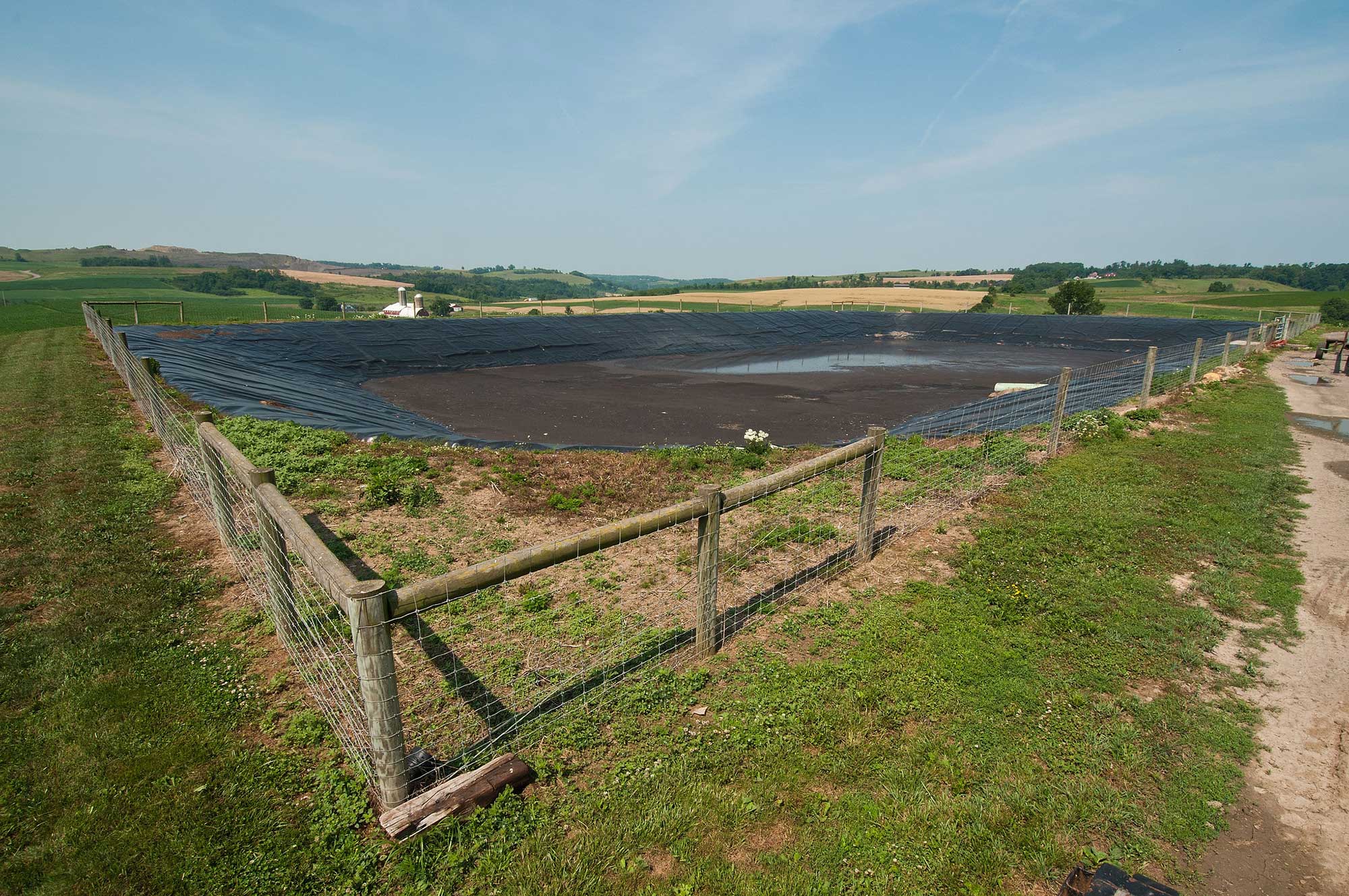Agriculture is often synonymous with the food we eat, but its influence extends far beyond our plates. When we think about farming, the first thing that comes to mind might be a field of corn or a herd of cattle. But the truth is, agriculture touches almost every aspect of our daily lives, often in ways we don’t even realize.
I want to highlight some of the incredible byproducts that come from agriculture — byproducts that play a crucial role in our economy, environment, and everyday convenience.
Beyond the plate: What else comes from crops?
When we think of corn, we usually imagine it on the cob at a summer barbecue or maybe as the popcorn we munch on during a movie. But corn is far more versatile than that. It’s a key ingredient in a surprising range of products, from fuel to plastics to sweeteners. For example, ethanol, a biofuel made from corn, powers cars in a more environmentally friendly way than traditional fossil-fuel-based gasoline. Meanwhile, cornstarch is used in many different things, such as food packaging and cosmetics. Even the corn cobs and husks don’t go to waste — they can be turned into bioenergy or used as animal feed.
Soybeans, another staple crop, are just as diverse. Soybean oil is found in cooking oils and salad dressings, but it’s also a base for biodiesel, an alternative to petroleum-based fuels. The protein-rich meal left after oil extraction feeds livestock, helping to fuel the meat, dairy, and poultry industries. Soy is also used in a range of non-food products like inks, adhesives, and even crayons.
So, the next time you’re writing with a crayon or filling up your tank, you might just have a soybean farmer to thank.

Animal agriculture: More than just meat
Livestock farming, too, provides more than just the meat, milk, and eggs we find in the grocery store. Take cows, for instance. Beyond the steaks and burgers, cattle provide leather for shoes, belts, and car seats. Gelatin, which comes from the collagen in animal bones, is a common ingredient in marshmallows, gummy candies, and even some medications.
But it doesn’t stop there. Fats and oils derived from animals are used in a variety of household items, including soaps, candles, and cosmetics. And let’s not forget about wool from sheep, which not only keeps us warm in the winter but is also used in things like insulation and tennis balls. Pigs? This TED Talk explains how there can be 185 uses for a pig!
Even the byproducts from animals have their place in agriculture’s broad portfolio. For instance, manure is a valuable fertilizer that enriches the soil, helping to grow the next cycle of crops. This creates a cycle of sustainability that’s been practiced for centuries.
The green side of agriculture: Fiber and fuel
Agriculture’s reach extends into the world of textiles and energy, too. Cotton is the obvious star when it comes to fibers, but don’t overlook hemp and flax. These plants provide fibers for clothing, ropes, and even building materials. Hemp, in particular, is gaining popularity not only for textiles but also for its potential as a sustainable alternative to plastics, biofuel, and even building materials.
Speaking of fuel, agriculture also plays a pivotal role in renewable energy. In addition to ethanol and biodiesel, agricultural waste like straw and wood chips can be converted into bioenergy. These renewable energy sources help reduce our reliance on fossil fuels and contribute to a more sustainable future. Methane digesters can also attribute to a greener future.

A world of possibilities
Agriculture is so much more than just food production. It’s the backbone of countless industries, providing essential raw materials that shape our lives in ways we often overlook. From the car you drive to the soap you use, cocktails we drink, agriculture is there, supporting not just your well-being but the environment and economy as well.
The next time you sit down for a meal, take a moment to appreciate the vast network of agricultural byproducts that make your life a little easier, a little greener, and a lot more interesting.
Michelle Miller, the Farm Babe, is a farmer, public speaker, and writer who has worked for years with row crops, beef cattle, and sheep. She believes education is key in bridging the gap between farmers and consumers.



